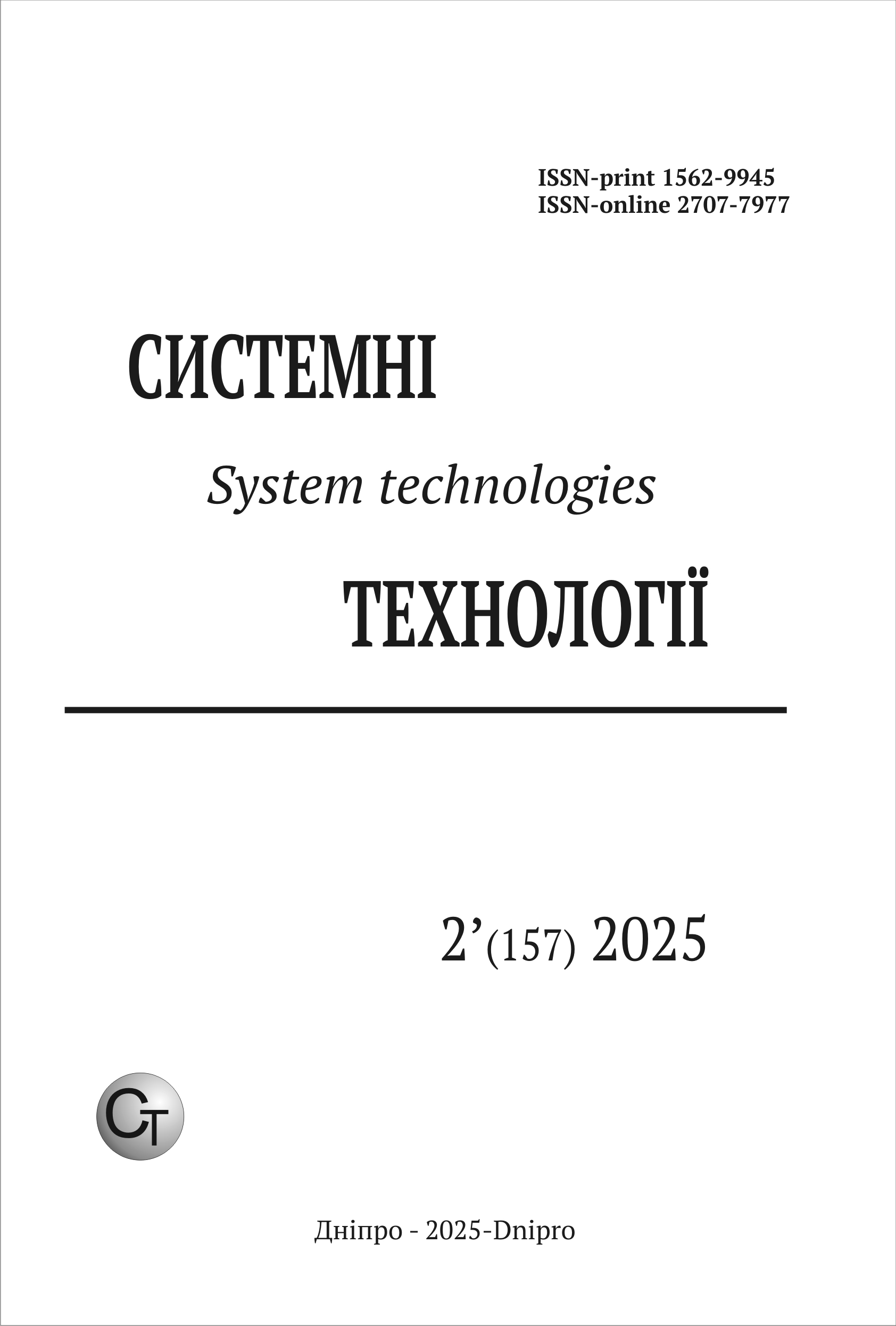The task of ensuring material feeding for an innovative cylindrical printer of the Fugo type
DOI:
https://doi.org/10.34185/1562-9945-2-157-2025-09Keywords:
cylindrical 3D printer, material feed, mathematical model, bodies of revolution, numerical integration, trapezoidal method, engineering drawing, layer height.Abstract
Analysis of Recent Research and Publications. Additive manufacturing, or 3D printing, is one of the most dynamic fields in digital production, revolutionizing prototyping, small-scale manufacturing, and even household item production. The Fugo printer, with its unique cylindrical design, presents specific challenges in material feeding due to its rotating drum mechanism. Recent studies, such as those by "pro3d.com.ua," highlight the practical applica-tions of 3D printing, while Androshchuk H.O. explores the economic and legal implications of additive technologies. These works underscore the importance of addressing material feeding challenges to optimize 3D printing processes. Research Objective. The primary goal of this study is to develop a mathematical model for calculating the material volume required for each layer of a 3D-printed object, ensuring consistent layer thickness. This involves accounting for the drum's geometric complexity and the material's behavior during feeding. The proposed solution aims to improve the Fugo printer's performance by providing an algorithm that integrates numerical methods to achieve high precision in material volume calculations. Presentation of the Main Research Material. The study focuses on the cylindrical drum of the Fugo printer, modeled as an ideal cylinder with specific geometric features. The algo-rithm calculates the material volume by determining the difference between the volumes of the drum truncated at two material level lines. The drum's shape, described by piecewise con-tinuous functions, includes straight segments and an arc, which were analyzed using the Des-mos visualization tool. The trapezoidal method was chosen for numerical integration due to its balance of accuracy and computational efficiency, ensuring results within the pump's tech-nical tolerances. The algorithm was tested on real-world data, with the material feeding process simu-lated for 145 layers. The results demonstrated consistent and accurate material volume calculations, validated by microscopic examination of the printed layers. The proposed approach effectively controls material feeding, ensuring uniform layer thickness and high print quality. Conclusions. This study addresses the critical challenge of material feeding in the Fugo cylindrical 3D printer by proposing a robust mathematical model and algorithm. The use of numerical integration, particularly the trapezoidal method, ensures accurate volume calcula-tions, validated through practical testing. The results confirm the algorithm's effectiveness in controlling material feeding, which is essential for achieving high-quality 3D prints. Future work will focus on adapting the algorithm for more complex geometries and diverse materi-als, further enhancing the Fugo printer's capabilities.
References
Modern Methods of Additive Manufacturing of Three-Dimensional Objects Based on the FUGO-Type Printer: Proceedings of the International Scientific-Practical Conference on "Mathematical and Software Support of Intelligent Systems," November 22-24, 2023, - Dni-pro: DNU, 2023. - Pp. 318-319.
The Problem of Material Feeding for an Innovative Cylindrical Printer of the FUGO Type: Proceedings of the International Scientific-Practical Conference on "Mathematical and Soft-ware Support of Intelligent Systems," November 22-24, 2024, - Dnipro: DNU, 2023. - Pp. 217-218.
Androshchuk, H. O. Additive Technologies: Prospects and Problems of 3D Printing (Part I) / H. O. Androshchuk // Science, Technologies, Innovations. - 2017. - No. 1. - Pp. 68-77.
Ahnert, K., Mulansky, M.: Odeint — Solving ordinary differential equations in C++. IP Conf. Proc. vol. 1389, pp. 1586–1589 (2011).
Ron Larson and Bruce H. Edwards. Calculus. Brooks/Cole, Belmont, ninth edition, 2010.
Downloads
Published
Issue
Section
License
Copyright (c) 2025 System technologies

This work is licensed under a Creative Commons Attribution 4.0 International License.















